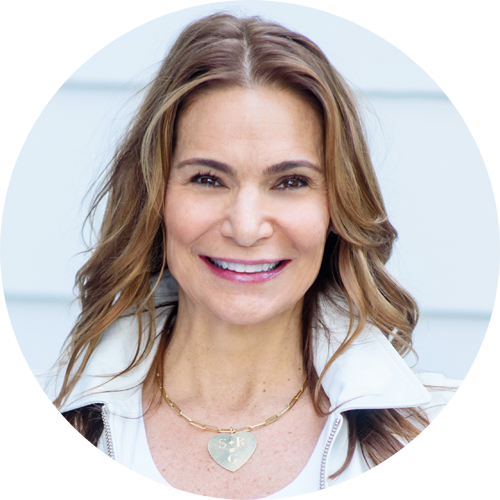Translating years of design expertise into terms anyone can understand takes practice and sometimes calls for a custom-tailored approach. We asked six designers—Julia Miller, Christopher Wierer, Ana Maria Torres, Doug Davis, Tanya Smith-Shiflett and Gray Walker—how they educate their clients.

Abide the Guide
“Figuring out what does and doesn’t work when communicating about the design process has taken lots of trial and error. It’s safe to say we are always tweaking our process when new situations arise. For now, we have a robust investment guide that shares right up front how we work. We send it upon a prospective client’s first inquiry, which helps to explain how we work, our minimums and other relevant information like our office hours and fee schedule. Having a document that clearly communicates baseline expectations has been hugely helpful in immediately eliminating clients that are not the right fit and inviting clients that are to continue with the process.” —Julia Miller, Yond Interiors, Minneapolis

Out of Office
“We are lucky to generally have curious, well-informed clients where the education goes both ways—we are continually learning amazing things from them. They are generally well traveled and appreciate design from around the world. Referencing photos of faraway places goes a long way in getting points across, too. Plus, when you actually get to travel with clients, that takes learning together to a whole new level. Although that hasn’t been happening in the past few years, we have had great success taking clients to see projects both near and far—as far away as Bali, in fact. Meeting local artisans, seeing where the materials come from and getting to know the people putting the designs together really informs and builds a love for design. Even just taking a client out to see local, well-designed places in their own city has gone a long way in conveying ideas that sometimes don’t come across in presentations.” —Christopher Wierer, The Sycamore Collective, Los Angeles

Know Your Audience
“For private residential clients, one of the keys is to listen carefully to the vision they have for their home—then we present a detailed step-by-step process, from hiring us to the conclusion of the project. I explain one step at a time and try to respond to all of their questions, giving my recommendations with the logic behind them. And in my experience, it’s very important to meet the client in person. Sending an email or having a telephone conversation is not as effective as a face-to-face meeting. You can also bring the vision to life with the assistance of drawings and 3D renderings. On some occasions, we’ll even bring a full-scale mock-up on paper or cardboard for the client to see in the space. During the design process and the construction phase, the client is fully engaged and actively participating—personally, I feel a project is not as successful as could be if the client only sees drawings and is involved sporadically.” —Ana Maria Torres, At Architects, New York

Déjà Vu
“Experience and precedent on our end is helpful. Often a client will hire us because they saw our work—either a project of ours, or the experience of a friend, or they went to a party. Being able to provide real-world examples is helpful, especially if it’s a project of ours that they’ve experienced and can identify with. If we’re talking about a material or a pillow fabric or the flow of a bar into the kitchen, whatever it is, it’s something they’ve seen firsthand. It’s helpful to refer back to that. So much of our work comes by word of mouth, so by the time somebody hires us, they’ve done their homework and kind of know what to expect.” —Doug Davis, Douglas C. Davis & Associates, Birmingham, Alabama

Make the Call
“We require all prospective clients to get on a consult call with our team, and it’s a time where both parties can ensure that there is chemistry. I encourage clients to treat the consult call like a speed date, because the relationship during the design process is like a marriage; there needs to be chemistry, and you have to trust and communicate effectively. If we don’t vibe, no problem—I’m happy to refer them to another designer. What doesn’t work is when the client is too involved, so I encourage them to trust our process. After all, you hire a designer because something about their portfolio resonates with you. We love working hand in hand with our clients, but when it gets too heavy-handed, it hinders the success of the final look.” —Tanya Smith-Shiflett, Unique Kitchens & Baths, Halethorpe, Maryland

Sample Show
“We give clients in-depth explanations and inspiration images throughout the entire design process. I like to show products at a variety of different price points for them to best understand craftsmanship.” —Gray Walker, Gray Walker Interiors, Charlotte, North Carolina
Homepage image: A kitchen designed by Julia Miller of Yond Interiors | SEN Creative





























